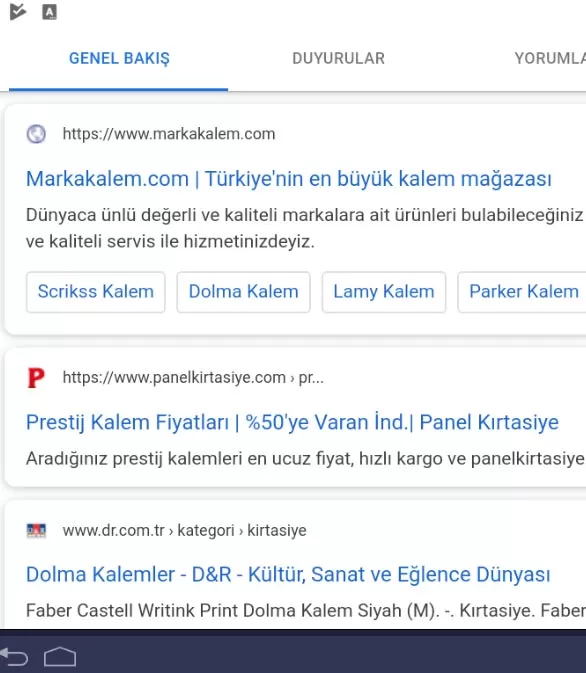

<link rel=”shortcut icon” href=”https://www.example.com/favicon.ico” />
A Short History of Favicons
Favicons and Their Impact on SEO

People who do SEO work are aware of how important it is to add a favicon to your site and always recommend it to their clients, because when Google crawls a page, it automatically tries to access the URL https://www.yoursite.com/favicon.ico. So if you don’t have a favicon, Google will get a 404 error just like the pages on your website.
Favicons Beyond SEO Value
- Opens a handful of tabs for products they are considering buying
- Evaluates their options
- They remove products they don’t want to buy by closing the browser tabs of those pages.
- Repeats the process, opening a new group of tabs with a new set of products to consider.
Brand awareness: Favicons lets a user know the brand identity of your business, even if you are not on your site.
Credibility: Adding a favicon to your site will make your business look more professional, more trustworthy.
So, while a website’s favicon may seem like a not-so-important part of the website, it really deserves attention. A well-designed favicon can make your site’s marketing more effective in more subtle but important ways.
